In Asia, food is intimately tied to cultural identity and in turn, pride. I’m reminded of this as I scroll through pictures of food on my phone: half a dozen dishes of various national origins arrayed across a series of rainbow-colored tables. Together they represent Singapore’s much-vaunted multicultural society via the much-loved institution of its hawker centers.
The concrete or open-air structures housing dozens of tiny food, drink and snack stalls, some of them multigenerational businesses, are of course legendary among bloggers and critics alike. Michelin inspectors are among their fans: In 2016, they awarded stars to two vendors (for soy sauce chicken and pork noodles) in a first for street food-style eats.
But they’re also the subject of spirited regional debate. This past March, Singapore officially nominated its hawker food culture for UNESCO’s Representative List of the Intangible Cultural Heritage of Humanity. The move attracted criticism from Malaysian foodies, chefs and even regional government officials.
“Hawker culture in [the Malaysian state of] Penang is more unique than the hawker culture in Singapore, as we still have hawkers by the roadside and in food courts,” Penang Tourism Development and Heritage Committee chairman, Yeoh Soon Hin, is quoted as saying in a May web article. Earlier, Singapore’s announcement also spurred social media back-and-forth comparing both cuisines’ taste and originality.
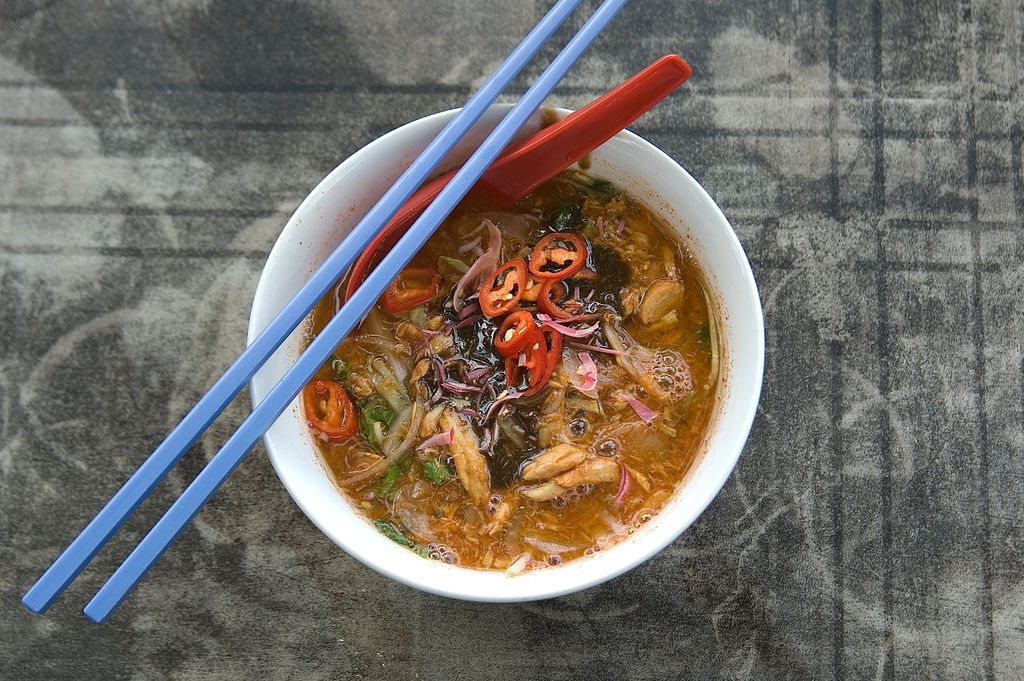
Laksa in Penang. Image via Wikimedia
The argument raises age-old (fine, decades-old) questions: What makes street food authentic? Who does it belong to, especially in places where cultural fusion has blurred lines not only among cuisines, but also peoples? And most importantly, which country does street food better?
In the Malaysian town of Kota Bharu, on Thailand’s southern border, a friend and I set out one evening in search of sustenance as well as answers. Naturally, we ended up at one of the city’s open-air night markets.
Rounding a corner off Jalan Pintu Pong, we came across tens of stalls and plastic tables set up in a wide expanse of asphalt. At one stall, we spotted a local version of nasi kerabu – periwinkle-colored rice pilaf studded with shredded herbs and bean sprouts and paired with tender chicken. A packed stand selling spicy fried chicken also drew our eyes and noses, as did another selling fragrant egg waffles stuffed with shredded coconut. For drinks, yet another stall sold iced cups of liquid yogurt ladled from a clear plastic bucket and flavored with honeydew syrup.

Nasi kerabu. Image via Wikimedia
At the night market, we pointed at metal trays to place our orders, choosing among sauce-drenched chicken, stewed fish and colorful side dishes attended by a cloud of flies. Our takeaway orders came bundled up in what appeared to be standard packaging – a piece of banana leaf covered in wax paper (and once, secured by an iron nail).
The down-to-earth aspects of the experience no doubt added to its flavor. But we couldn’t help but notice that in that bastion of local food and culture, the most popular stand, measured by the number of people lining up, sold American-style chicken tenders. Even in Malaysia, with its flavorful and varied cuisine, KFC culture had made inroads.
Yet if innovation and mingling of different regional cuisines is a fault, Singapore is equally guilty. Among its most beloved dishes is curry laksa, whose brilliant orange, milky depths contain multitudes – not only of spices (laksa leaves, chili, galangal root, lemongrass, candlenuts, turmeric), but also of national origins.
On top of that, dishes like Teochew-style chai tow kway, which tosses together soft chunks of radish-studded rice cake with egg, salty turnip, garlic and soy sauce in a hot wok; crispy, deep-fried kueh pie tee cups filled with vegetables and flavored with chili and peanut; and even tender Hainanese chicken rice, invented in Singapore and redolent of chicken fat and garlic, all owe a heavy debt to Chinese migrants.
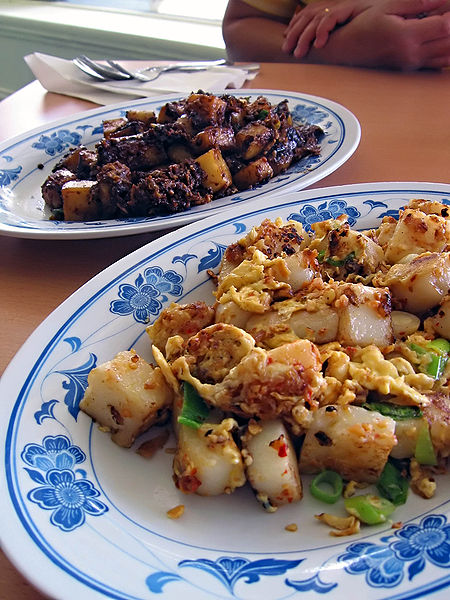
Chai tow kway. Image via Wikimedia
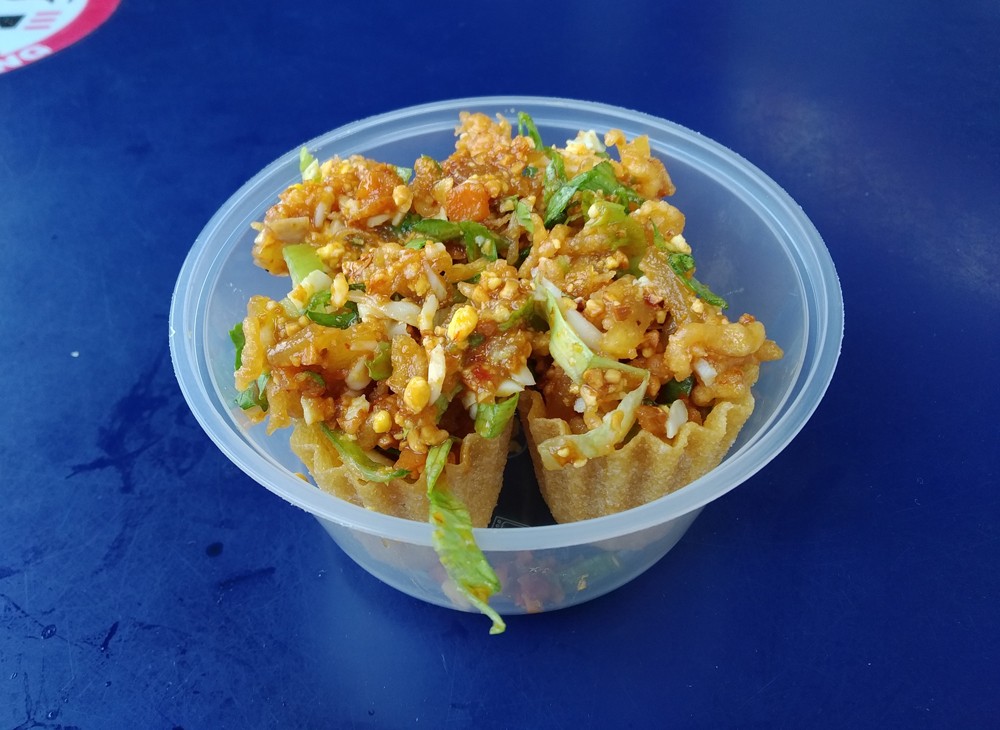
Kueh pie tee cups. Image by Bailey Hu for That’s
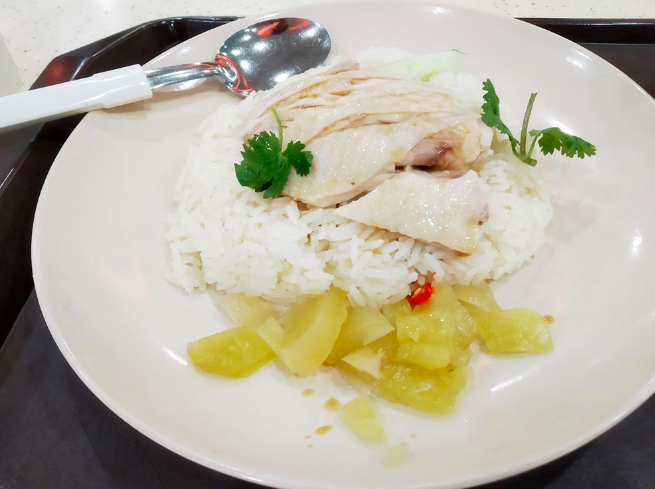
Hainanese chicken rice. Image by Bailey Hu for That’s
The cleanliness and calm order of cafeteria-style hawker centers have been criticized for providing too ‘sanitized’ an experience. But they also provide perks: Where Kota Bharu’s night market stalls were interspersed with small groups of tables, seats at Singapore staples like the Newton Food Centre gathered diners in a main central area. Not only did that make it easier to peruse more food stalls at once, but it also gave a more communal experience – an aspect specifically highlighted in Singapore’s official UNESCO bid.
Other factors being more or less equal, that leaves just one more point of comparison for the two countries, and the most subjective one of all: taste.
Like apples and oranges, it’s hard to pit, say, Kuala Lumpur’s fragrant, flavorful beef rendang against translucent Singaporean bak kut teh broth. And finally, after a week and a half of intensively sampling local specialties and hawker stalls, I caved.
I sat down at an Indian restaurant and ordered a dish of chicken biryani, feeling that the tongue-tingling curry sauce pleasantly contrasted four days of subtle southern Chinese flavors. Let the UNESCO experts and food critics handle the fine details; for now, at least, I’d just enjoy the food.
For more F&B news, columns and features, check out our Guangzhou Bars & Restaurants section.
[Cover image via Bailey Hu for That’s]
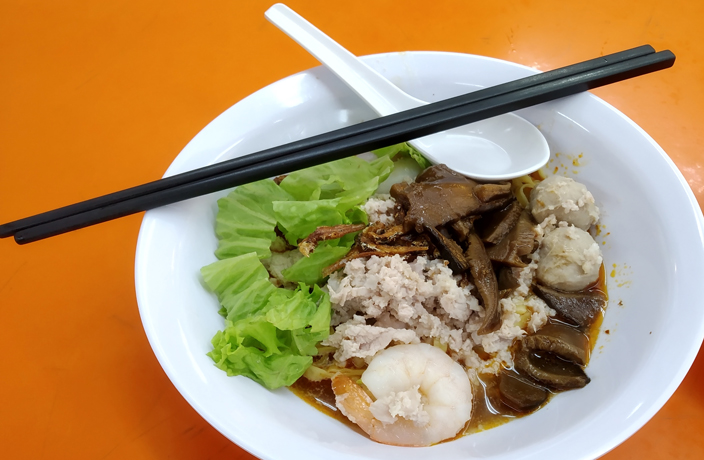




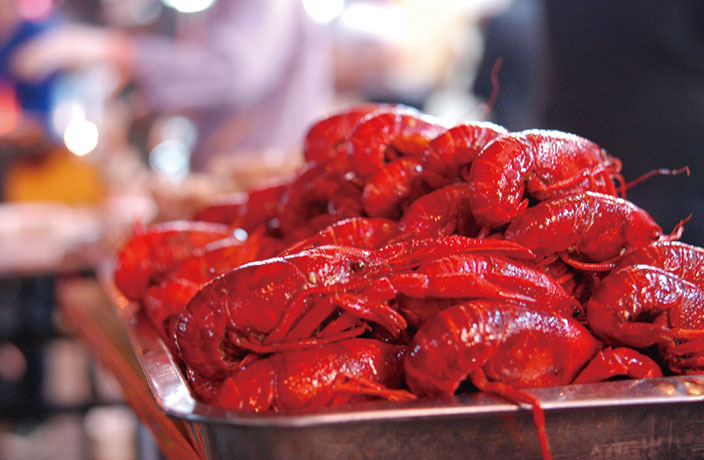
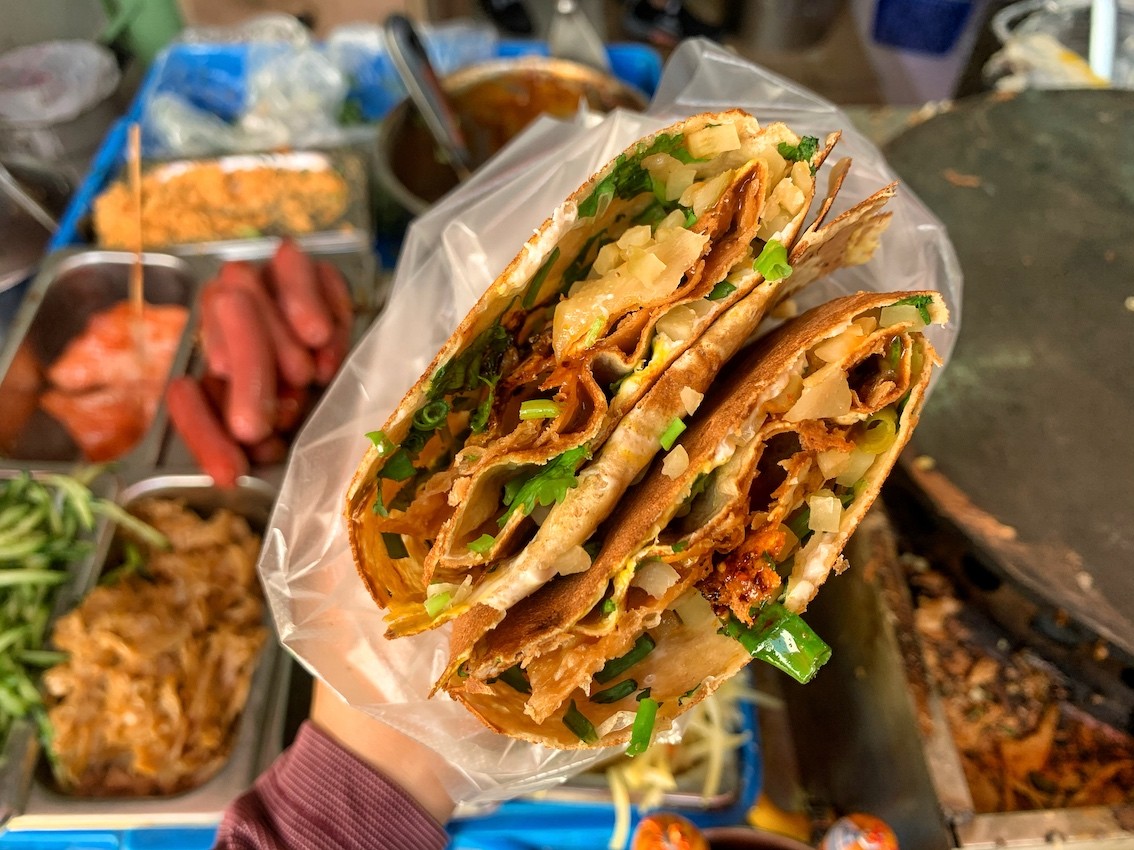
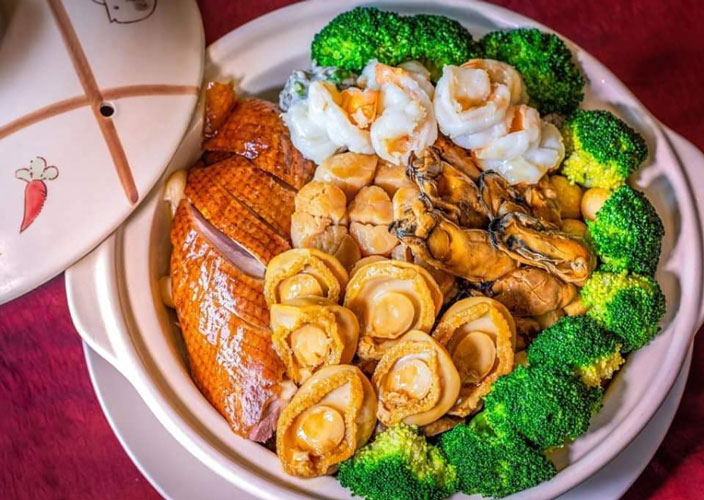













0 User Comments